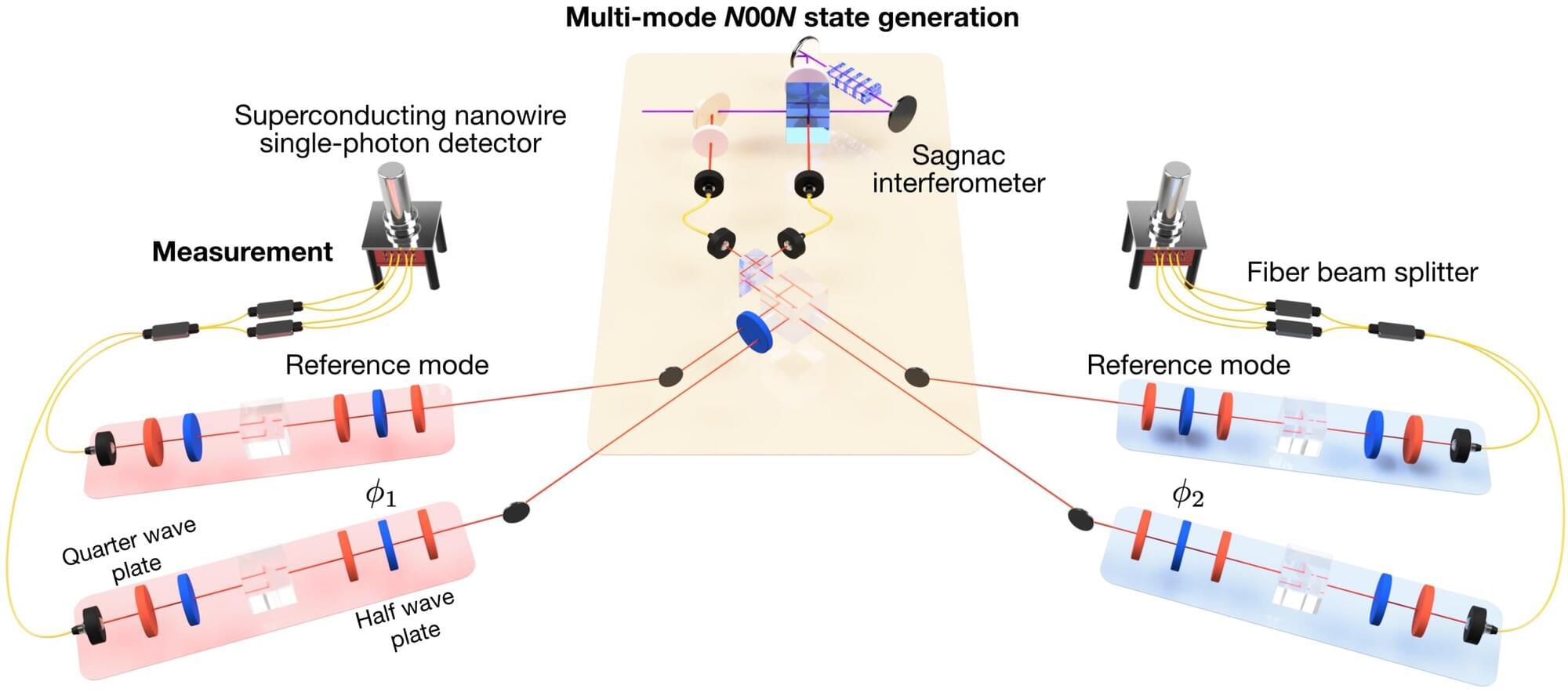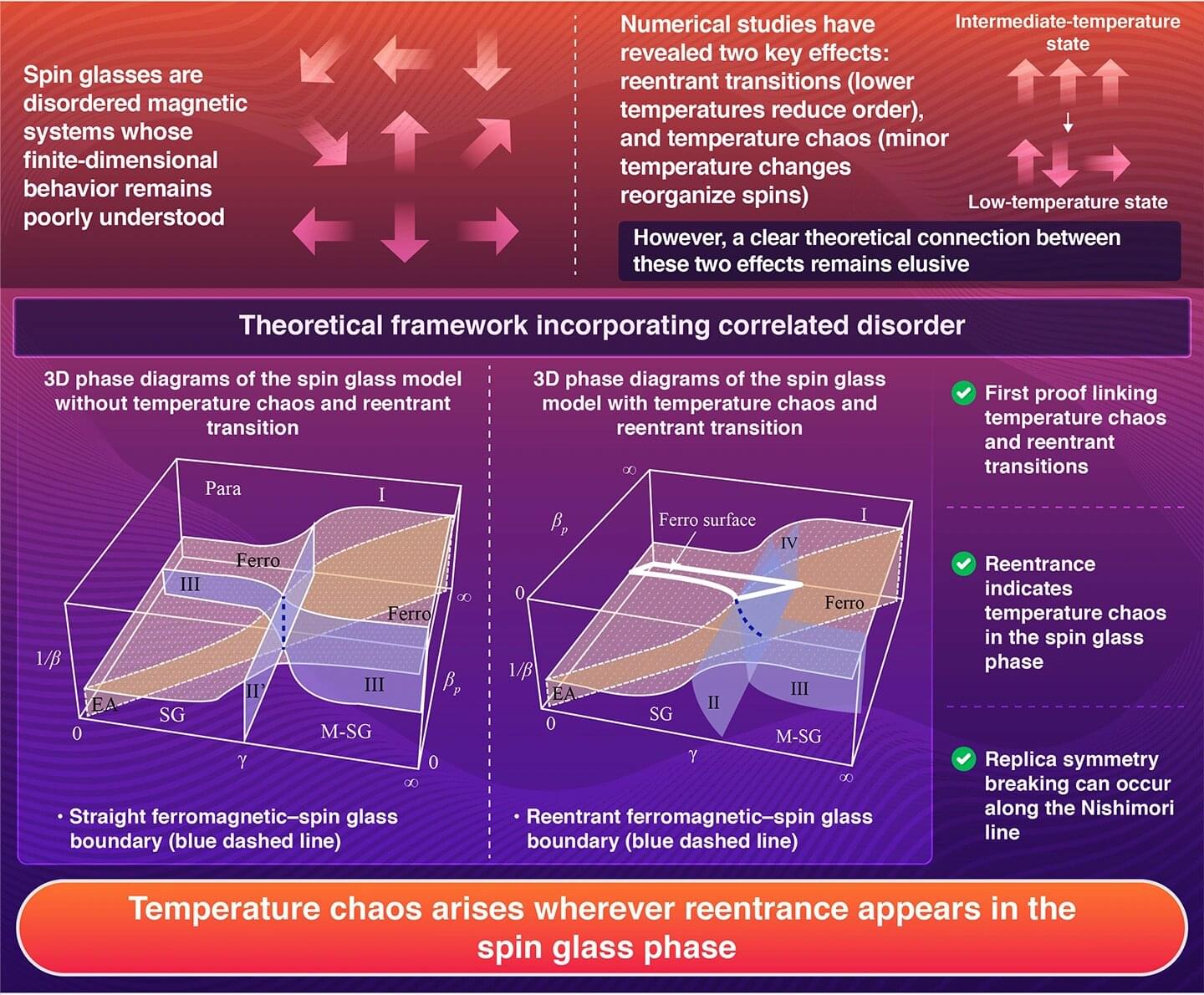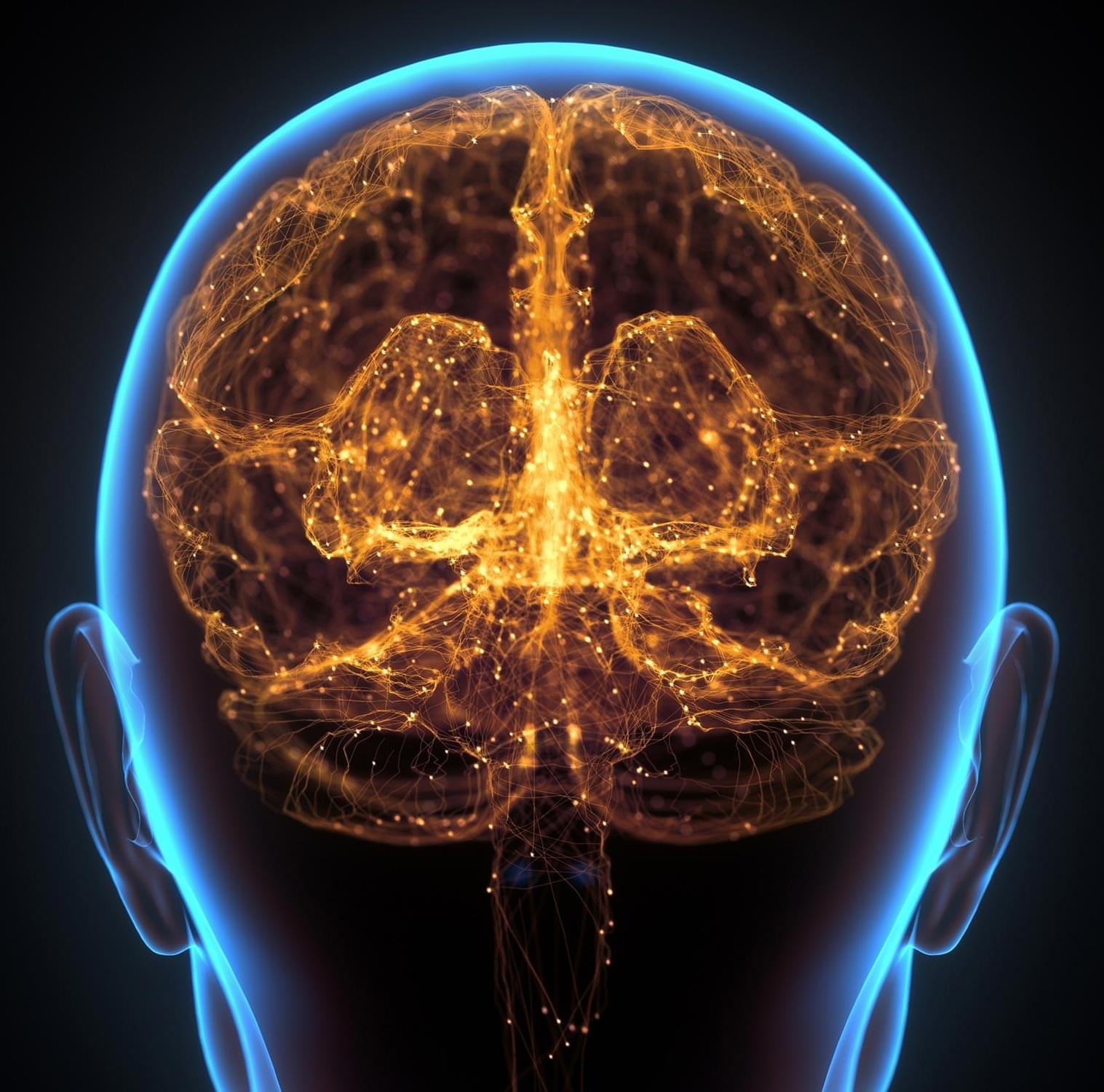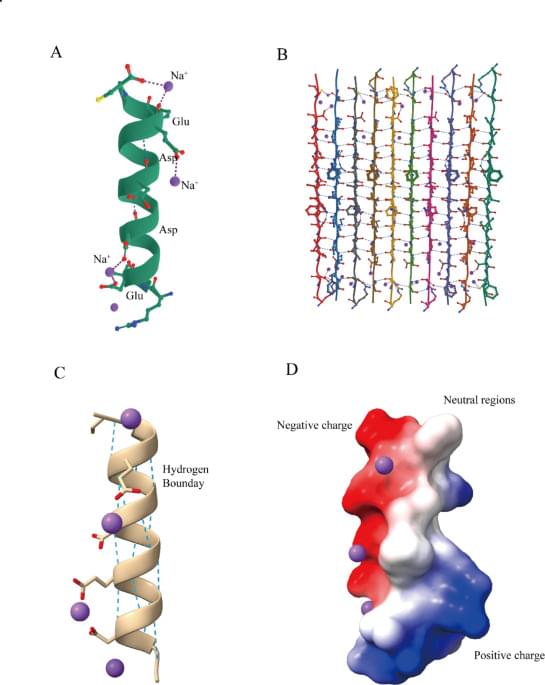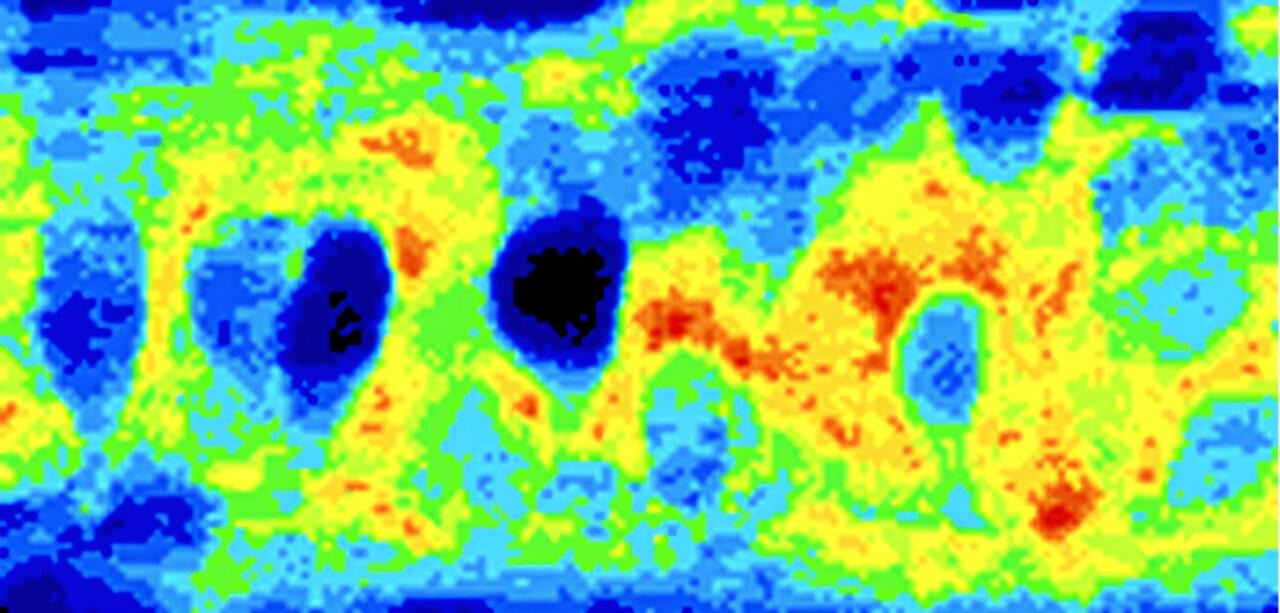In 2024, TU Wien presented the world’s first nuclear clock. Now it has been demonstrated that the technology can also be used to investigate unresolved questions in fundamental physics.
Thorium atomic nuclei can be used for very specific precision measurements. This had been suspected for decades, and the search for suitable atomic nucleus states has been ongoing worldwide. In 2024, a team from TU Wien, with the support of international partners, achieved the decisive breakthrough: the long-discussed thorium nuclear transition was found. Shortly afterward, it was demonstrated that thorium can indeed be used to build high-precision nuclear clocks.
Now, the next major success in high-precision research on thorium nuclei has been achieved: When the thorium nucleus changes between different states, it slightly alters its elliptical shape.

